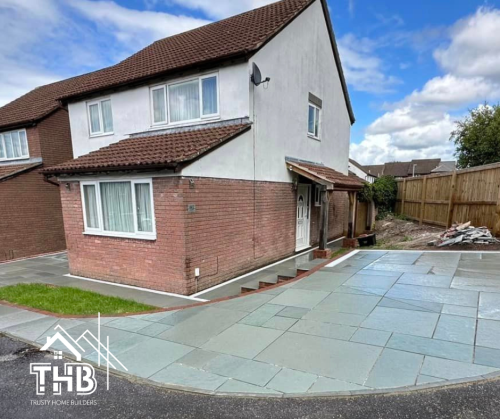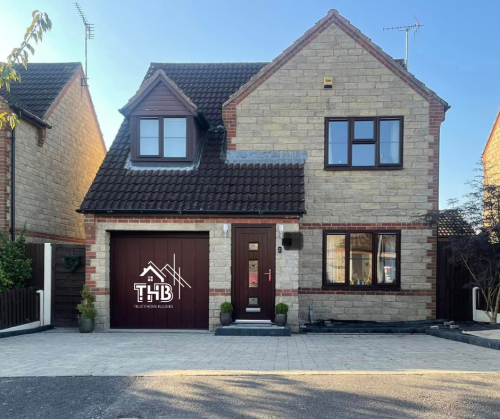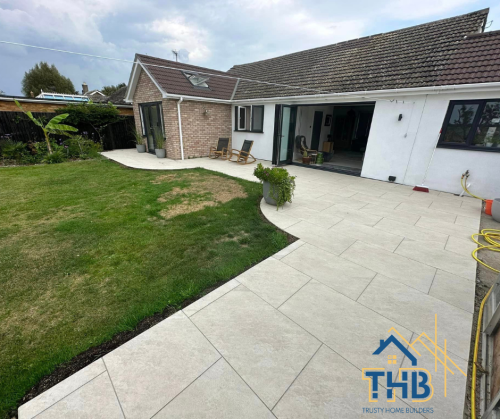Are you considering expanding your living space with a home extension in the UK? It’s an exciting project that can enhance your home’s functionality and value. However, understanding the costs involved is crucial for proper planning. In this post, we’ll delve into the various factors that influence home extension costs in the UK.
1. Type of Extension:
The first factor impacting costs is the type of extension you’re planning. Common options include single-story rear extensions, two-story extensions, loft conversions, or even basement conversions. Each type comes with its own set of construction complexities and price tags.

2. Size and Design:
The size and design of your extension are pivotal. Larger extensions with intricate designs and architectural features will naturally cost more than simpler, smaller ones. Customization and bespoke features also contribute to the overall cost.
3. Location:
Location plays a significant role in cost variation across the UK. London and the South East tend to have higher construction costs than other regions. Local factors such as access to utilities and planning regulations can also impact costs.
4. Materials and Finishes:
The choice of materials and finishes greatly influences costs. High-end materials and luxurious finishes will increase the overall budget. It’s essential to strike a balance between quality and budget to achieve your desired results.
5. Planning Permissions and Regulations:
Navigating the UK’s planning permissions and building regulations is a vital step in your extension project. Costs may include fees for obtaining permits and ensuring your extension complies with local regulations.
6. Project Complexity:
The complexity of your project can significantly affect costs. For instance, if you need to relocate utilities, deal with challenging terrain, or work on a listed building, expect additional expenses.

Trusty home builders Ltd
7. Labour Costs:
Labour costs are a substantial part of your budget. Highly skilled contractors and professionals typically come with higher hourly rates, but their expertise can ensure a smoother project and superior results.
8. Contingency Funds:
It’s prudent to allocate a contingency fund for unexpected expenses that may arise during the project. A common rule of thumb is to set aside 10-15% of your budget for contingencies.
9. Sustainability Features:
If you’re interested in eco-friendly or sustainable features, such as solar panels or energy-efficient insulation, these will add to your initial costs but may yield long-term savings.
10. Timing:
The time of year you undertake your extension can impact costs. Building during peak seasons may result in higher labour and material prices, so consider timing your project wisely.

Trusty Home Builders Ltd
11 .Budgeting and Planning:
To get a precise estimate for your specific project, it’s best to consult with reputable contractors and architects. They can provide a detailed breakdown of costs based on your requirements and location.
Remember, a well-planned home extension not only enhances your living space but also adds value to your property. By understanding the factors that influence costs and working with professionals who can guide you through the process, you can embark on your extension project with confidence.
Stay tuned for more insights into home improvement and construction in the UK. If you have any questions or need further information, feel free to ask in the comments below.


